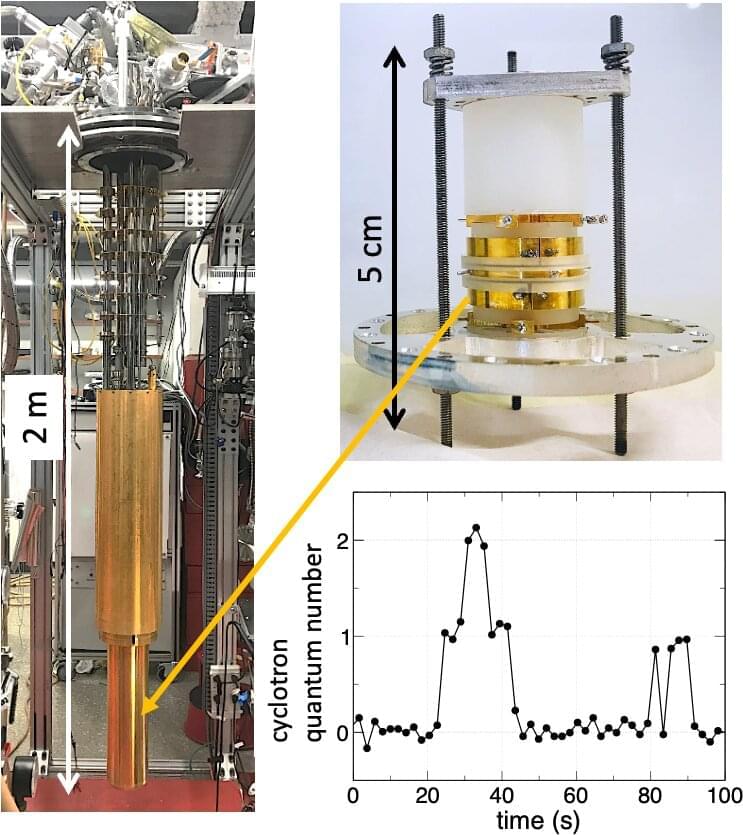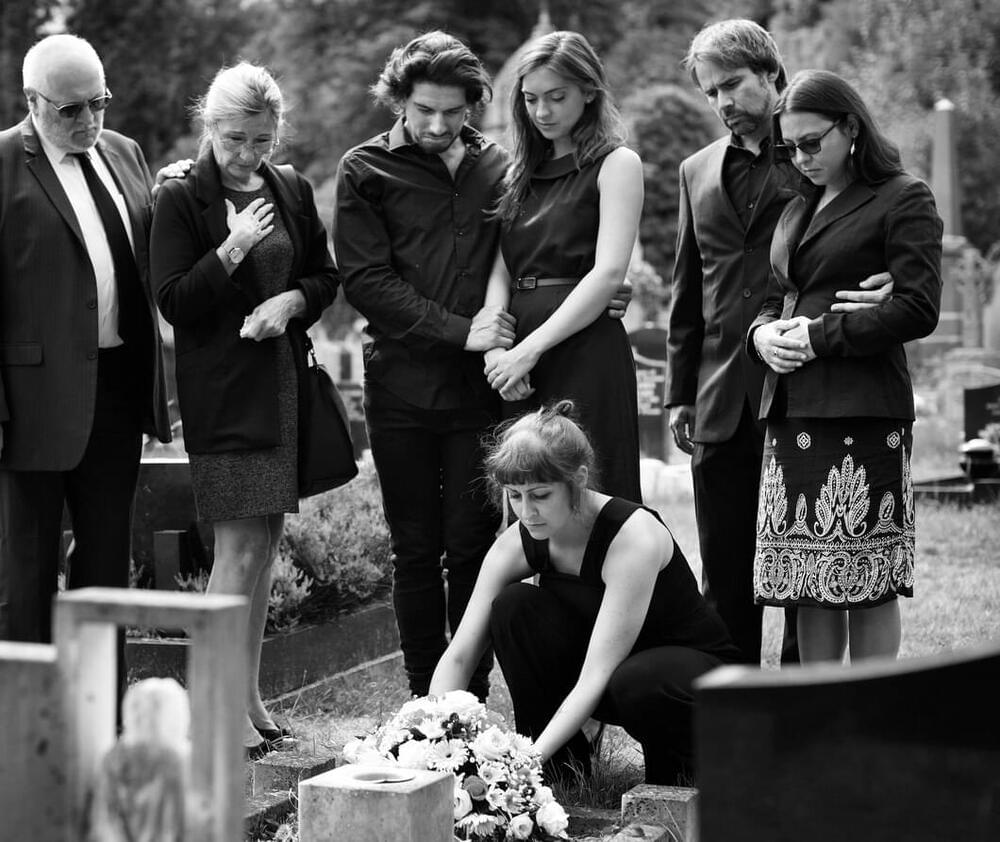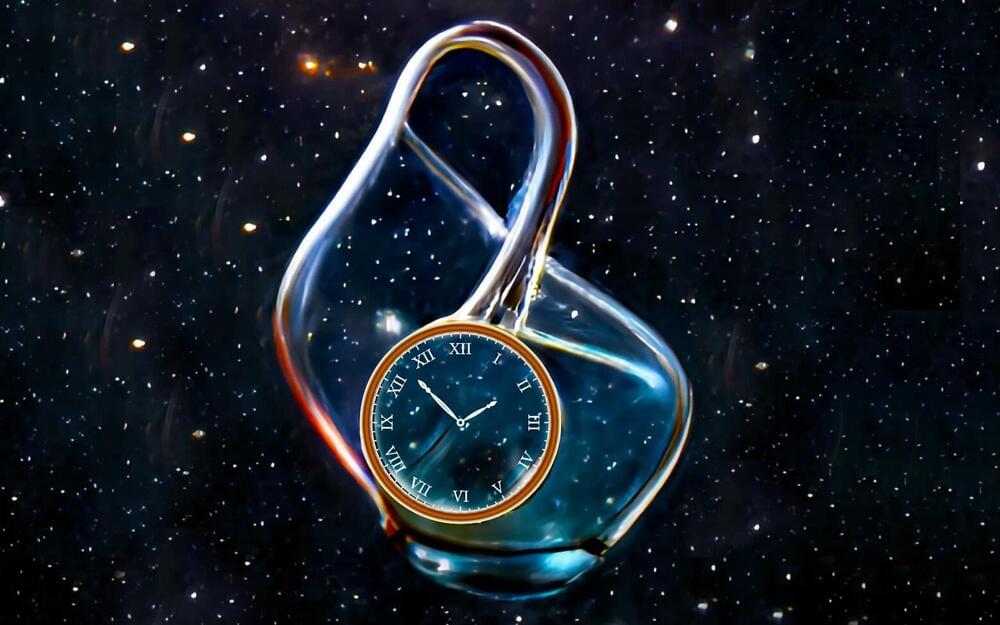Starting with the emergence of quantum mechanics, the world of physics has been divided between classical and quantum physics. Classical physics deals with the motions of objects we typically see every day in the macroscopic world, while quantum physics explains the exotic behaviors of elementary particles in the microscopic world.
Many solids or liquids are composed of particles interacting with one another at close distances, which sometimes results in the rise of “quasiparticles.” Quasiparticles are long-lived excitations that behave effectively as weakly interacting particles. The idea of quasiparticles was introduced by the Soviet physicist Lev Landau in 1941, and ever since has been highly fruitful in quantum matter research. Some examples of quasiparticles include Bogoliubov quasiparticles (i.e. “broken Cooper pairs”) in superconductivity, excitons in semiconductors, and phonons.
Examining emergent collective phenomena in terms of quasiparticles provided insight into a wide variety of physical settings, most notably in superconductivity and superfluidity, and recently in the famous example of Dirac quasiparticles in graphene. But so far, the observation and use of quasiparticles have been limited to quantum physics: in classical condensed matter, the collision rate is typically much too high to allow long-lived particle-like excitations.








